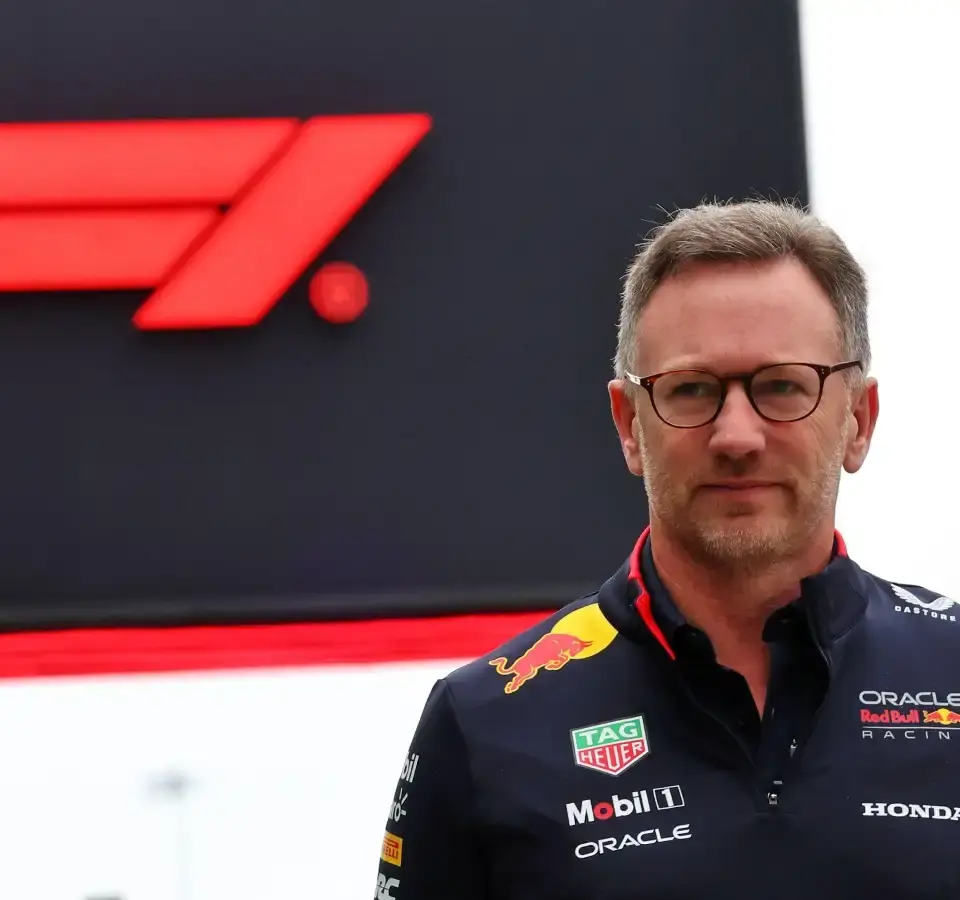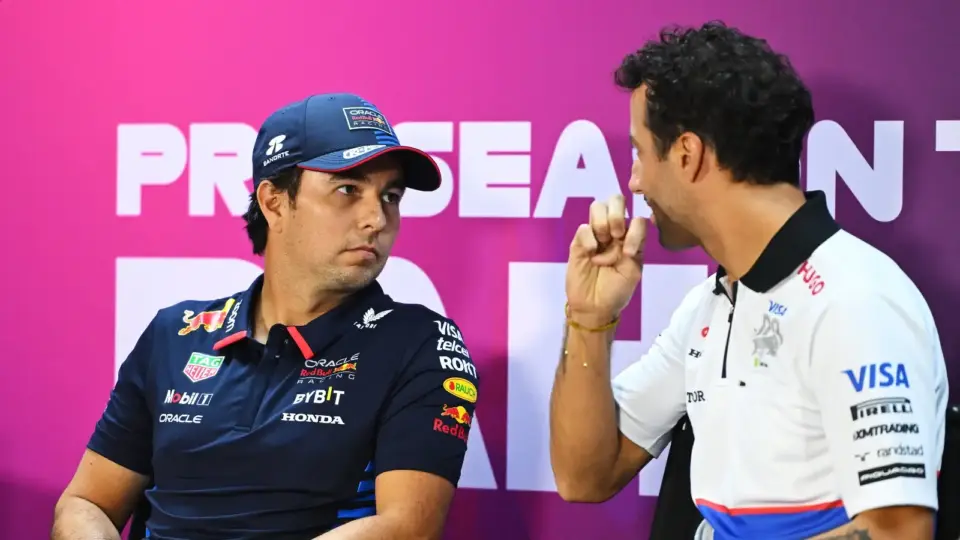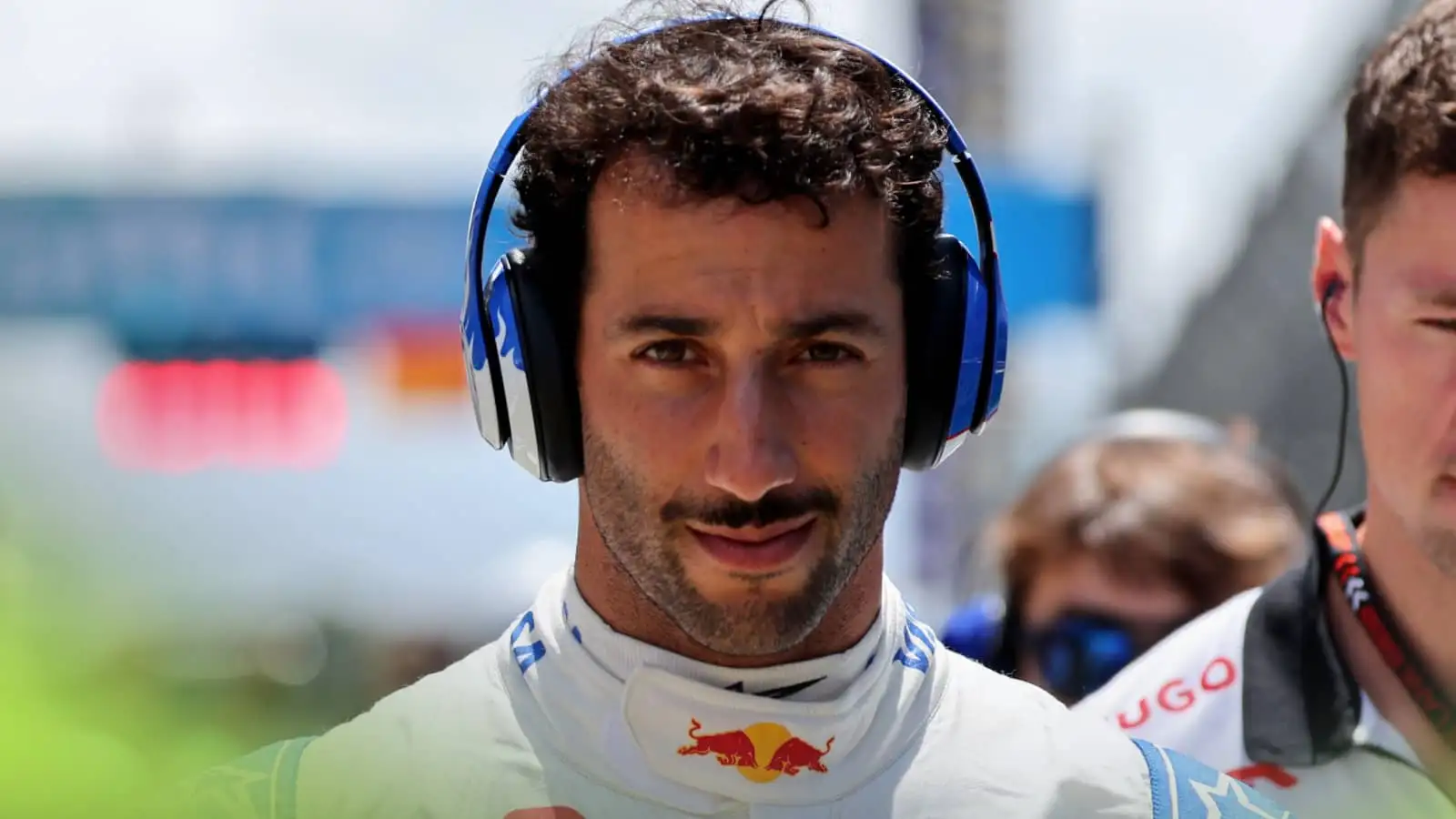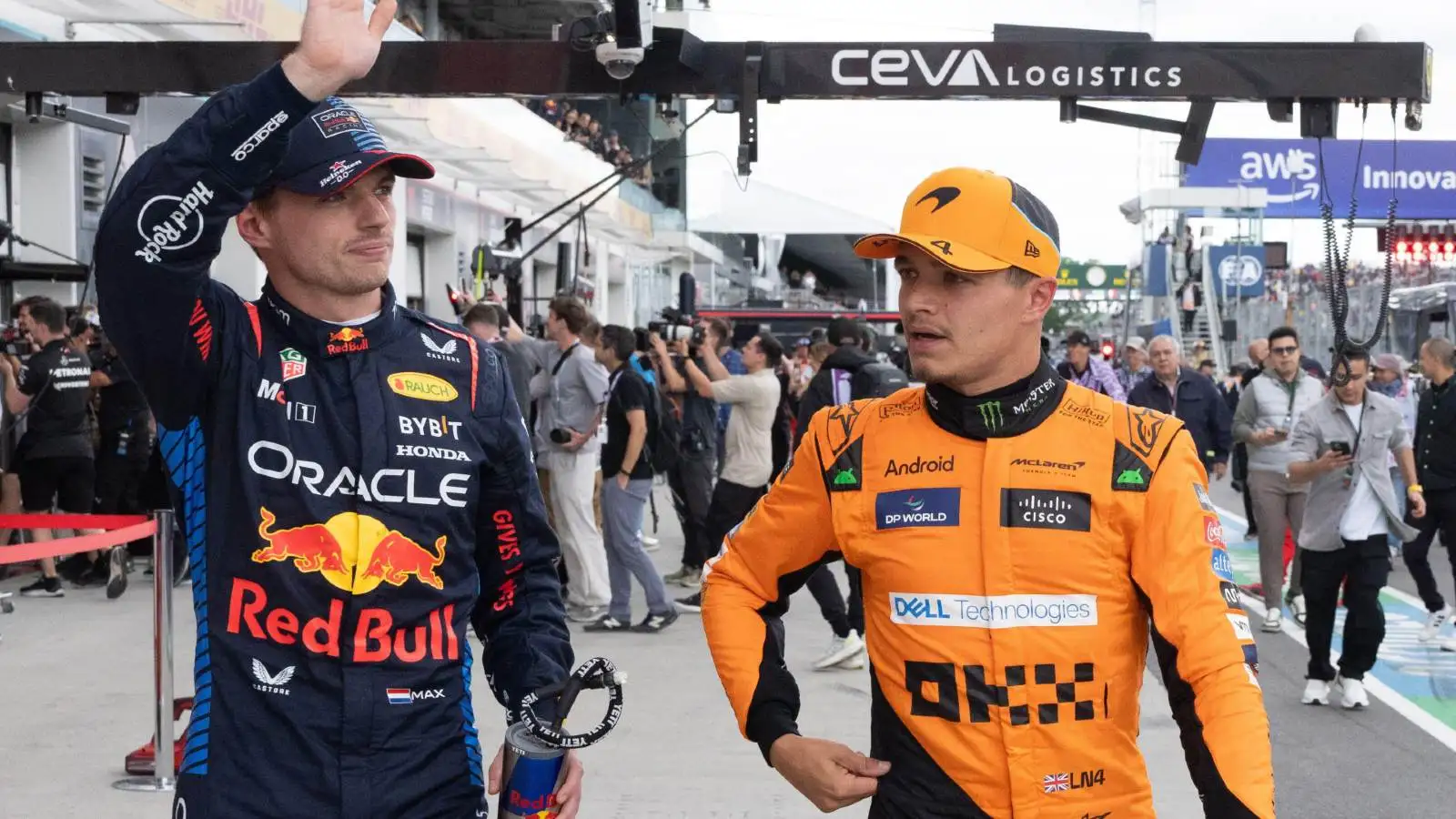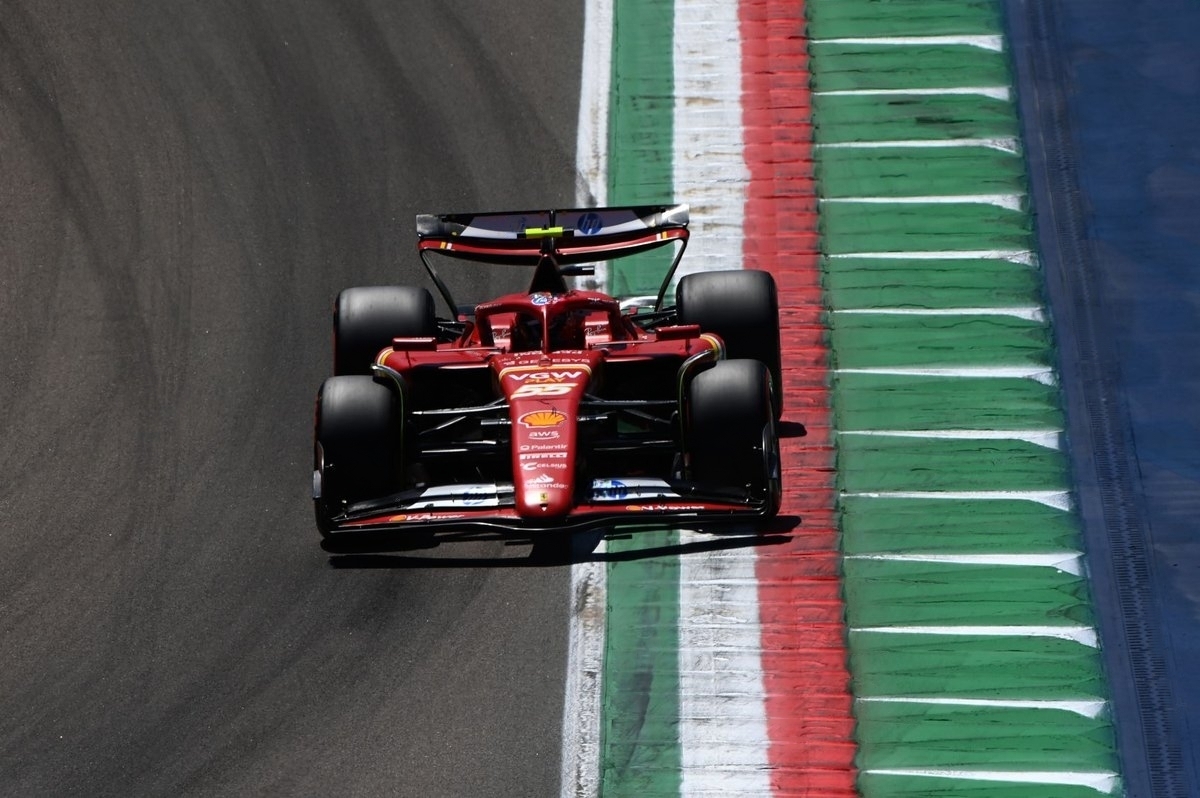Formula 1 is witnessing an exciting rise in new talent, with Christian Horner, the Red Bull team principal, drawing attention to Isack Hadjar. Leading the Formula 2 standings, Hadjar has made a compelling case with his stellar performances.
During a recent weekend at Silverstone, Hadjar showcased his brilliance by securing pole position in his Campos car and taking a feature race victory—just within 90 minutes after participating in a practice session for Red Bull. This has put him on the radar for a future F1 seat, highlighting his potential and adaptability.
Isack Hadjar’s Impressive Performance
Christian Horner, the Red Bull team principal, has praised Isack Hadjar for his remarkable skills and achievements. Currently leading the Formula 2 standings, Hadjar showcased his talent at Silverstone by placing his Campos car on pole and securing a feature race victory. This performance has made Horner take notice and consider Hadjar for a future F1 seat.
Horner emphasized that Hadjar’s ability to switch between an F1 and F2 car within just 90 minutes is no small feat. Hadjar participated in the first practice session for Red Bull and then immediately excelled in Formula 2. This flexibility and adaptability highlight his growing potential in the racing world.
Potential Candidates for VCARB Seat
While Hadjar is making a strong case for himself, Horner is also considering other potential candidates for the VCARB seat. Daniel Ricciardo and Liam Lawson are believed to be strong contenders as well. However, Hadjar’s recent performances have put him in a favorable position. Horner acknowledges that they are not rushing to make a decision regarding the second seat at VCARB.
The competition is fierce, and each candidate brings unique strengths and experiences. Horner’s decision will be crucial for the team’s future success. Meanwhile, the progress of other young drivers, such as British driver Arvid Lindblad, is also being monitored closely.
Challenges of Transition Between F1 and F2
Hadjar himself admits that transitioning between different types of cars in such a short time frame is challenging. According to him, it’s a significant adjustment moving from a Formula 1 car to a Formula 2 car within an hour and a half. This rapid change requires a complete shift in references and feelings with the car.
One of the major differences highlighted by Hadjar is the absence of power steering in Formula 2 cars, which makes it physically more demanding. Despite these challenges, Hadjar managed to adapt quickly and perform exceptionally well, securing pole position and a race victory.
Hadjar’s success is a testament to his adaptability and skill set. Handling these transitions smoothly is an essential quality for a driver aspiring to reach and excel in Formula 1.
Horner’s Strategy and Long-term Vision
Christian Horner’s approach to selecting the right driver for the VCARB seat reflects his long-term vision for the team. By considering multiple candidates, he ensures that the final choice aligns with the team’s objectives and future goals. This strategy also allows for a thorough evaluation of each driver’s capabilities and potential.
Horner’s recognition of young talents, such as Hadjar and Lindblad, indicates his commitment to nurturing and developing the next generation of racing stars. This focus on youth and talent development is crucial for maintaining a competitive edge in the highly dynamic world of Formula 1.
Future Prospects for Junior Drivers
The performance of junior drivers like Hadjar and Lindblad is closely watched, as they represent the future of Formula 1. Their progress through the junior categories provides valuable insights into their potential and readiness for the highest level of racing. As these drivers continue to excel, their chances of securing an F1 seat increase significantly.
Horner’s acknowledgment of these young talents underscores the importance of a robust development program. By providing opportunities and support to promising drivers, the team can build a strong foundation for sustained success in the future.
Horner’s Perspective on Hadjar and Lindblad
Christian Horner’s comments offer a glimpse into his perspective on Hadjar and Lindblad. He describes them as outstanding talents making significant strides in their careers. Their recent victories in the junior categories reflect their hard work and dedication.
Horner’s decision not to rush the selection process for the VCARB seat highlights his strategic approach. He recognizes the potential of these young drivers and aims to make an informed decision that will benefit the team in the long run.
The Pressure of Expectations
For Hadjar, the praise and attention bring a new level of pressure and expectations. His consistent performance in Formula 2 and his adaptability in switching between different cars have raised the bar. As he continues to demonstrate his skills, the expectations will only grow.
The journey to Formula 1 is arduous, and every race presents new challenges. For young drivers like Hadjar, maintaining focus and continuing to perform at a high level is essential. The support from the team and mentors like Horner can make a significant difference in navigating this path successfully.
The Journey Ahead
As the Red Bull team continues to evaluate potential candidates for the VCARB seat, Hadjar’s journey will be closely followed by fans and experts alike. His recent achievements have undoubtedly placed him in the spotlight, and his future in Formula 1 looks promising.
The decisions made by Horner and the team will shape the landscape of the upcoming F1 season. With promising talents like Hadjar and Lindblad, the excitement and anticipation for the next season are high.
In conclusion, Christian Horner’s recognition of Isack Hadjar highlights the promising future of young drivers in Formula 1. Hadjar’s adaptability and impressive performance in Formula 2 make him a strong contender for a future F1 seat. Horner’s strategic approach to evaluating multiple candidates ensures that the best choice will be made for the team’s success. The journey of young talents like Hadjar and Lindblad will be closely watched, and their continued progress will shape the future landscape of Formula 1.
Source: Planetf1
